Filter by
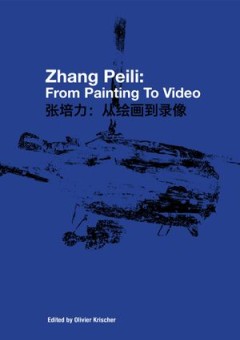
Zhang Peili: From Painting to Video
In 2014, New York-based artist Lois Conner gifted one of pioneering Chinese artist Zhang Peili’s last paintings to The Australian National University’s newly opened Australian Centre on China in the World. Never exhibited and thought lost, the reemergence of Flying Machine (1994) prompts an exploration of the relation between painting and video in the oeuvre of Zhang Peili. Given Zhang’s …
- Edition
- -
- ISBN/ISSN
- 9781760462826
- Collation
- -
- Series Title
- -
- Call Number
- 907 ZHA z
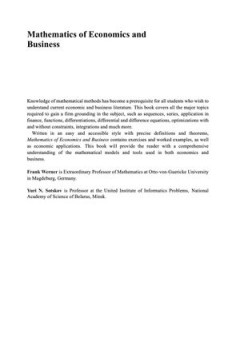
Mathematics of Economics and Business
For all students who wish to understand current economic and business literature, knowledge of mathematical methods has become a prerequisite. Clear and concise, with precise definitions and theorems, Werner and Sotskov cover all the major topics required to gain a firm grounding in this subject including sequences, series, applications in finance, functions, differentiations, differentials and…
- Edition
- -
- ISBN/ISSN
- 9780203401385
- Collation
- -
- Series Title
- -
- Call Number
- -
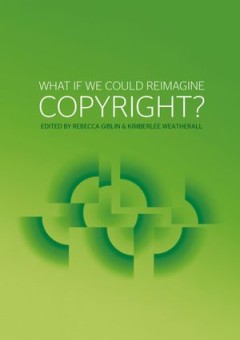
What if we could reimagine copyright?
What if we could start with a blank slate, and write ourselves a brand new copyright system? What if we could design a law, from scratch, unconstrained by existing treaty obligations, business models and questions of political feasibility? Would we opt for radical overhaul, or would we keep our current fundamentals? Which parts of the system would we jettison? Which would we keep? In short, wha…
- Edition
- -
- ISBN/ISSN
- 9781760460808
- Collation
- -
- Series Title
- -
- Call Number
- -
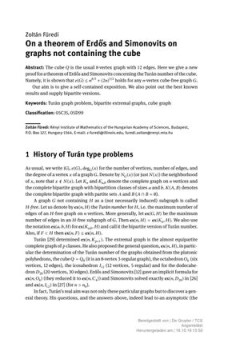
Chapter On a theorem of Erdős and Simonovits on graphs not containing the cube
- Edition
- -
- ISBN/ISSN
- 9783110282429
- Collation
- -
- Series Title
- -
- Call Number
- -
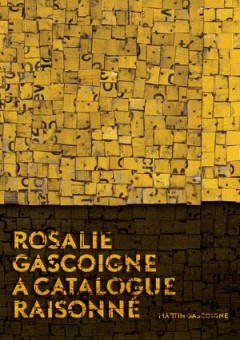
Rosalie Gascoigne: A Catalogue Raisonné
Rosalie Gascoigne (1917–1999) was a highly regarded Australian artist whose assemblages of found materials embraced landscape, still life, minimalism, arte povera and installations. She was 57 when she had her first exhibition. Behind this late coming-out lay a long and unusual preparation in looking at nature for its aesthetic qualities, collecting found objects, making flower arrangements a…
- Edition
- -
- ISBN/ISSN
- 9781760462345
- Collation
- -
- Series Title
- -
- Call Number
- 700.7 GAS r

Chapter Measures of Pseudorandomness
In the second half of the 1990s Christian Mauduit and András Sárközy [86] introduced a new quantitative theory of pseudorandomness of binary sequences. Since then numerous papers have been written on this subject and the original theory has been generalized in several directions. Here I give a survey of some of the most important results involving the new quantitative pseudorandom measures o…
- Edition
- -
- ISBN/ISSN
- 9783110283600
- Collation
- -
- Series Title
- -
- Call Number
- -
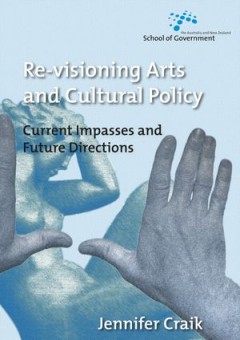
Re-Visioning Arts and Cultural Policy: Current Impasses and Future Directions
In this monograph, Jennifer Craik undertakes a critical and historical analysis of the main imperatives of arts and cultural policy in Australia. With forensic skill she examines the financial and policy instruments commonly relied upon in this much contested and diverse area of public policy. Craik uses her analysis of past and current policy responses as a platform for articulating future opt…
- Edition
- -
- ISBN/ISSN
- 9781921313394
- Collation
- -
- Series Title
- -
- Call Number
- 701 CRA r
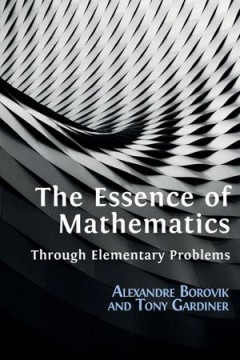
The Essence of Mathematics Through Elementary Problems
It is increasingly clear that the shapes of reality – whether of the natural world, or of the built environment – are in some profound sense mathematical. Therefore it would benefit students and educated adults to understand what makes mathematics itself ‘tick’, and to appreciate why its shapes, patterns and formulae provide us with precisely the language we need to make sense of the wo…
- Edition
- -
- ISBN/ISSN
- 9781783747016
- Collation
- -
- Series Title
- -
- Call Number
- -
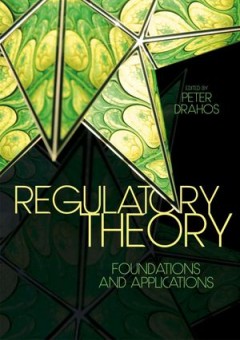
Regulatory Theory Foundations and applications
This volume introduces readers to regulatory theory. Aimed at practitioners, postgraduate students and those interested in regulation as a cross-cutting theme in the social sciences, Regulatory Theory includes chapters on the social-psychological foundations of regulation as well as theories of regulation such as responsive regulation, smart regulation and nodal governance. It explores the key …
- Edition
- -
- ISBN/ISSN
- 9781760461010
- Collation
- -
- Series Title
- -
- Call Number
- -
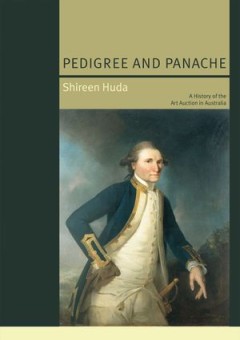
Pedigree and Panache: A History of the Art Auction in Australia
Art auctions have long captured the public imagination. They regularly make news headlines and have become synonymous with glamour, money and social distinction. The marketing of auction houses and the works they sell has resulted in firms attaining authoritative positions and the ability both to influence and reflect collecting tastes. Pedigree and Panache is the first comprehensive history of…
- Edition
- -
- ISBN/ISSN
- 9781921313721
- Collation
- -
- Series Title
- -
- Call Number
- 902 HUD p
 Computer Science, Information & General Works
Computer Science, Information & General Works  Philosophy & Psychology
Philosophy & Psychology  Religion
Religion  Social Sciences
Social Sciences  Language
Language  Pure Science
Pure Science  Applied Sciences
Applied Sciences  Art & Recreation
Art & Recreation  Literature
Literature  History & Geography
History & Geography